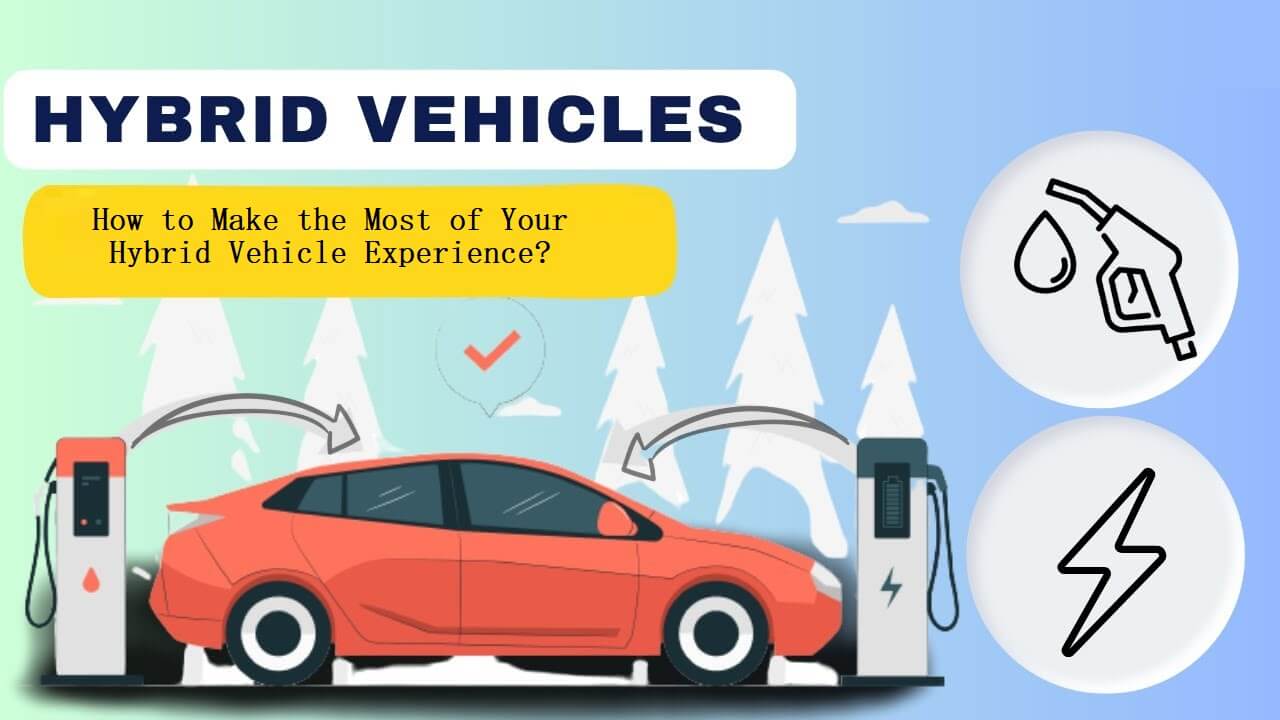Hybrid vehicles represent one of the most innovative strides in the automotive industry, effectively combining the power and reliability of traditional internal combustion engines with the efficiency of electric motors. This technology has opened new horizons for environmentally conscious drivers and those seeking better fuel economy. For many, visiting a Toyota Prius dealership is the first step towards embracing this advanced technology. The following guide is designed to give hybrid owners a comprehensive understanding of how to enhance their driving experience and make the most of their vehicle’s capabilities.
Drivers across metro Atlanta can explore a vast lineup of new and certified pre-owned vehicles at Atlanta Toyota dealerships. Dealerships in Sandy Springs and Duluth highlight superior customer support and financing flexibility. Their up-to-date showrooms and complete service departments deliver a seamless car buying and ownership experience.
Understanding Hybrid Vehicles
The core of hybrid cars is a clever technology that makes advantage of the features of electric motors and gasoline engines. For a rising number of users, hybrids are a tempting choice since this synergy helps lower pollutants and increase fuel economy. Three main varieties of hybrids exist generally: plug-in hybrids, series hybrids, and parallel hybrids. Most often found are parallel hybrids, in which the gasoline engine and electric motor are both coupled to the wheels. With the gasoline engine acting as a generator, series hybrids mostly rely on the electric motor; plug-in hybrids provide the means to recharge from an outside power source. Learning about hybrid engines could help one have insightful analysis for a more in-depth research.
Maximizing Fuel Efficiency
One of main advantages of hybrid cars is fuel economy. Reaching maximum efficiency calls both clever driving methods and knowledge of the special powers of your car. First of all, fuel economy can be much improved by keeping a constant pace and avoiding fast acceleration. Regenerative braking—where the energy often wasted during braking is returned into stored energy—helps hybrids as well. Furthermore increasing efficiency is the ability to keep a steady pace by using cruise control on highways. Little driving behavior modifications can add up over time and save a lot of gasoline.
Routine Maintenance Tips
Any car may be kept in good condition only with regular maintenance; yet, hybrids have particular issues. The double existence of an electric motor and battery system together with a gasoline engine calls for specific attention. Check the battery condition often since its performance directly influences the general economy and fuel efficiency of the vehicle. Because hybrids use regenerative braking—a somewhat different technique from conventional systems—the braking system also needs regular inspection. Maintaining the lifetime and dependability of your hybrid automobile will depend much on following a checklist for hybrid car maintenance.
Enhanced Driving Techniques
The regenerative braking system of hybrid cars is one of their best characteristics. Knowing and applying this system lets drivers maximize otherwise lost energy. Along with improving efficiency, this function reduces brake system wear and tear. Anticipating stops and progressively slowing down will give the regenerative braking system lots of chances to do wonders. Additionally make sure your tires are always at the correct pressure. Increased rolling resistance brought on by under-inflation calls for more energy, therefore reducing the general efficiency. Using these sophisticated driving approaches will greatly improve the hybrid experience.
Environmental Benefits of Hybrids
The benefits for the environment of hybrid cars transcend only lower gasoline use. Particularly in highly crowded metropolitan regions, these vehicles generate less exhaust emissions, therefore improving the quality of the air. Because hybrids’ smooth switch between electric and gasoline power minimizes their idle time, therefore reducing their emissions. Choosing a hybrid helps drivers support a worldwide endeavor to lower pollution and slow down global warming. Hybrids provide a greener substitute without compromising comfort or convenience whether you are on the wide road or negotiating metropolitan streets.
Cost-Effectiveness and Savings
Although the upfront investment in a hybrid automobile could be more than in a conventional car, over time savings could be really significant. Because hybrids have better fuel efficiency, less money is spent on gasoline; government incentives may help to sweeten the bargain for potential consumers. Many hybrids also have reduced maintenance because they typically suffer less wear and tear. Long-term financial gains from hybrid resale values are generally more than those from gasoline-only rivals.
Future of Hybrid Technology
There is great promise in hybrid technology going forward. The efficiency and range of hybrid cars will rise along with battery technology develops. Improved software integration and smart technology should make driving these vehicles even more simple and efficient. Lighter materials and more aerodynamic designs—which help to improve fuel economy and performance—have manufacturers continuing innovation. Consumers should expect progressively complex choices that fit their environmental beliefs and lifestyle demands as hybrid vehicles develop.
